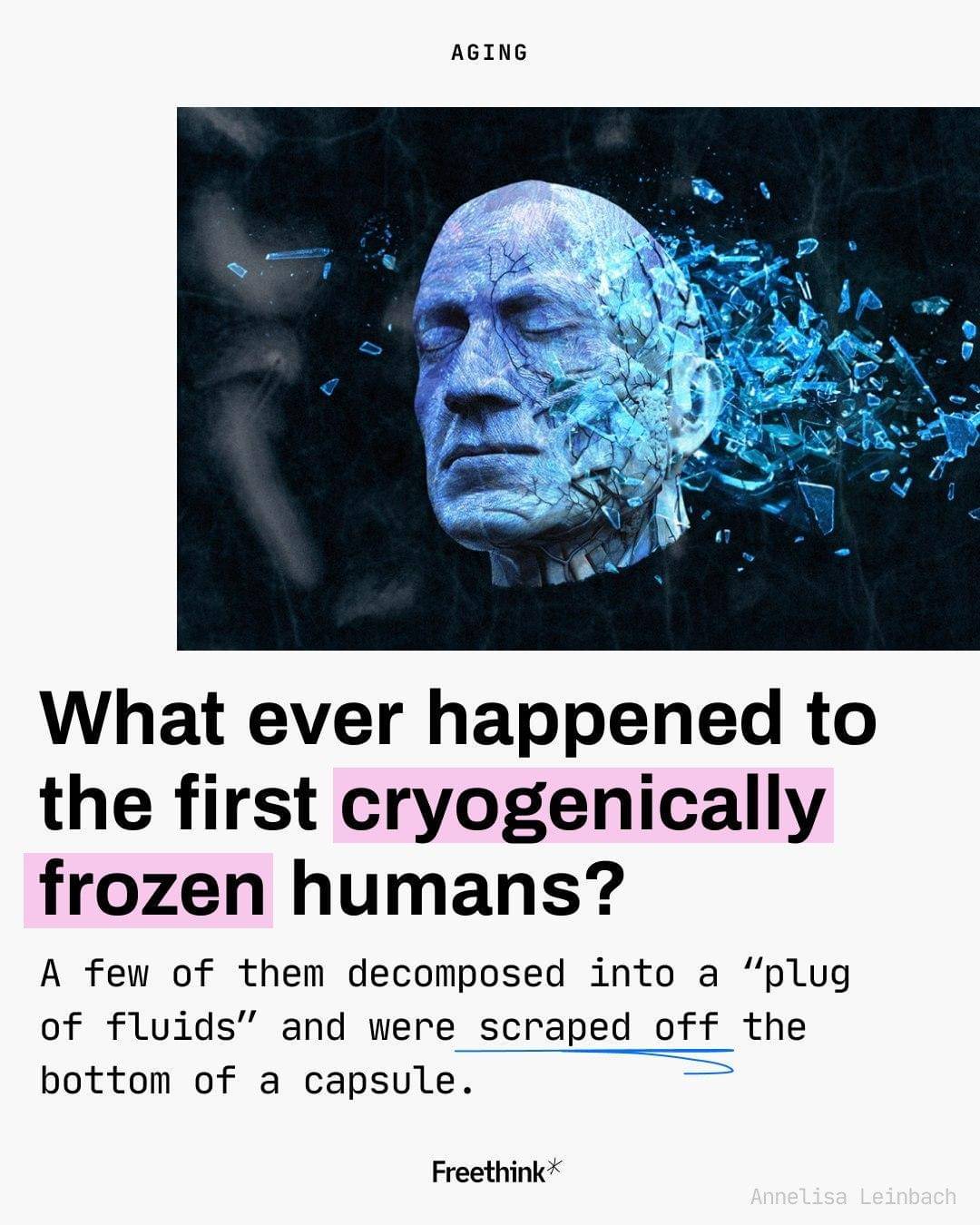this post was submitted on 08 May 2024
777 points (99.1% liked)
Science Memes
11542 readers
1412 users here now
Welcome to c/science_memes @ Mander.xyz!
A place for majestic STEMLORD peacocking, as well as memes about the realities of working in a lab.

Rules
- Don't throw mud. Behave like an intellectual and remember the human.
- Keep it rooted (on topic).
- No spam.
- Infographics welcome, get schooled.
This is a science community. We use the Dawkins definition of meme.
Research Committee
Other Mander Communities
Science and Research
Biology and Life Sciences
- [email protected]
- [email protected]
- [email protected]
- [email protected]
- [email protected]
- [email protected]
- [email protected]
- [email protected]
- [email protected]
- [email protected]
- [email protected]
- [email protected]
- [email protected]
- [email protected]
- [email protected]
- [email protected]
- [email protected]
- [email protected]
- [email protected]
- [email protected]
- [email protected]
- [email protected]
- [email protected]
- [email protected]
- !reptiles and [email protected]
Physical Sciences
- [email protected]
- [email protected]
- [email protected]
- [email protected]
- [email protected]
- [email protected]
- [email protected]
- [email protected]
- [email protected]
Humanities and Social Sciences
Practical and Applied Sciences
- !exercise-and [email protected]
- [email protected]
- !self [email protected]
- [email protected]
- [email protected]
- [email protected]
Memes
Miscellaneous
founded 2 years ago
MODERATORS
you are viewing a single comment's thread
view the rest of the comments
view the rest of the comments

Yes, it is expensive, as your freezer has to be set at temperatures below -80°C/-112°F, down to -196°C/-321°F, and maintained this way for decades without single interruption.
This requires expensive equipment and draws insane amounts of power, and also necessitates multiple power backups.
There is currently no way to do it on a budget.
Launch the capsule into space in an orbit around earth that's always obscure from the sun?
Not a "budget" option but definitely a hell lot cheaper in the long run (decades, or even centuries).
TIL things still get hot in space under direct sunlight. I always assumed space would be cold even in sunlight but apparently not.
anyway, I would think you could still be in a sunlit orbit as long as you had a reflective shield for shading. You'll probably still need power to maintain temps and monitor status, so solar energy would still be helpful.
Fun fact! During the Apollo flights to and from the Moon, the spacecraft would perform “Passive Thermal Control” or “barbecue roll” where it would rotate around its long axis about once per hour, to distribute the thermal load from the sun and keep one side from heating up too much